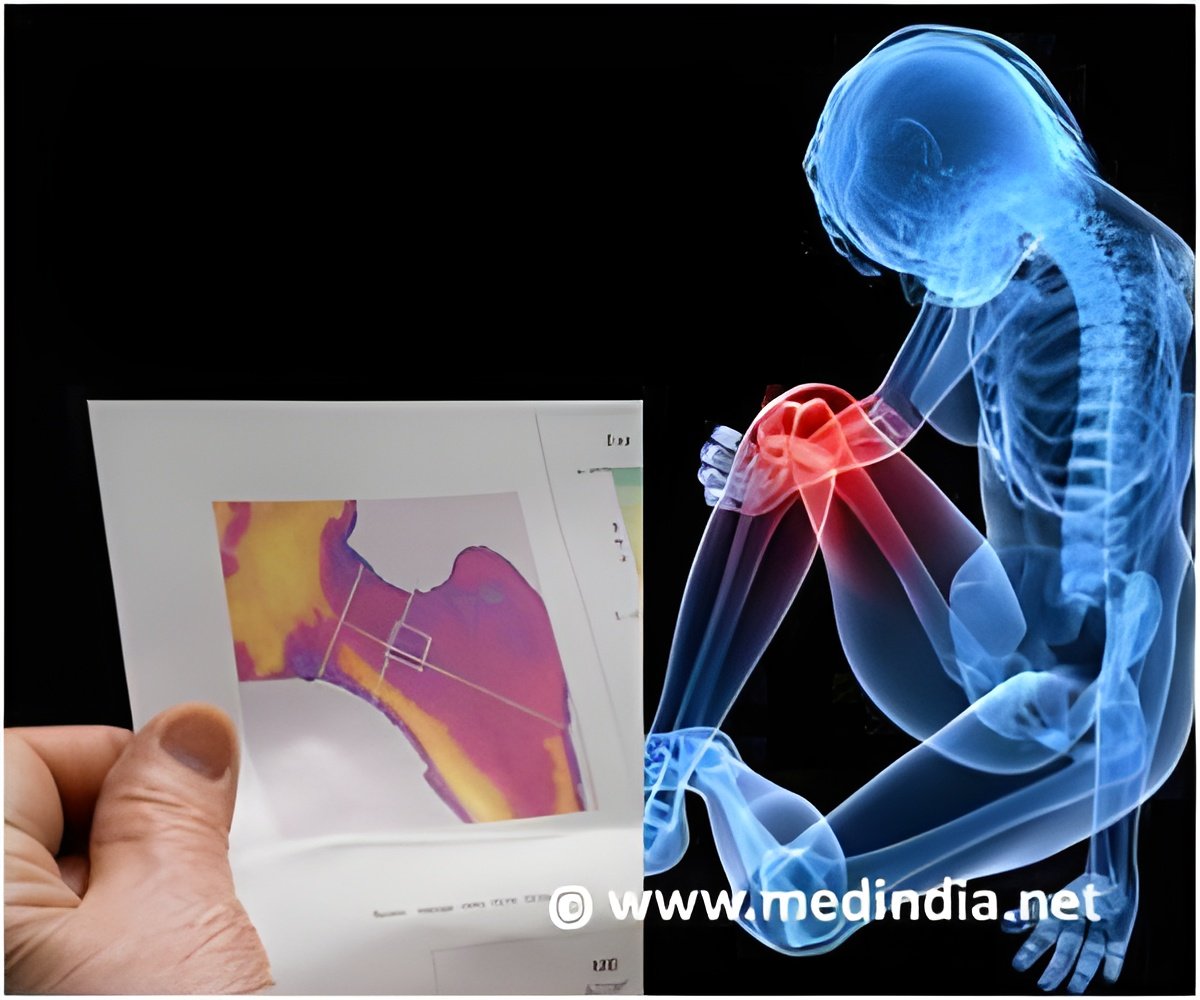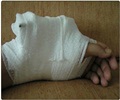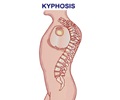
Published today in Rome in conjunction with the opening of Europe's largest osteoporosis congress, the report 'Osteoporosis in the European Union: Medical Management, Epidemiology and Economic Burden' shows that as Europe's population ages, fractures due to osteoporosis will result in increasing costs, disability and premature deaths. Approximately 3.5 million new fragility fractures occur annually in the EU. In 2010 alone, fragility fractures resulted in costs of €37 billion.
Osteoporosis is a common condition that causes bones to become weak and fragile. People with osteoporosis are at high risk of breaking a bone, even after a minor fall, bump or a sudden movement. These fractures can have a huge impact on the sufferer, leading to substantial pain, disability and even premature death. Based on data collected in 2010, the report found that 22 million women and 5.5 million men in the EU27 have osteoporosis.
IOF President Professor John Kanis of the WHO Collaborating Centre for Metabolic Bone Diseases, University of Sheffield Medical School, stated, "It is very worrying that health systems are unprepared to meet the growing tide of fractures due to osteoporosis. High risk individuals are not being routinely identified and offered treatment. The current model of osteoporosis management is not sustainable as Europe's population ages and fracture incidence and costs increase still further."
Even people who have broken a bone due to osteoporosis and present to hospitals or clinics for care, are not being systematically diagnosed and treated to prevent further fractures. A first fracture doubles the risk of suffering another, making prevention of this kind critical. Safe and cost effective medications to reduce the risk of fracture are widely available throughout Europe. However, one of the startling findings of the report is that, despite the rising number of people in need of treatment, the actual number of patients taking preventive medication is declining.
"The low rate of diagnosis and treatment in high risk individuals is compounded by the fact that, even when prescribed, approximately 50% of patients do not follow their treatment regimen," said Professor Juliet Compston, Professor of Bone Medicine at the University of Cambridge and Chair of the European Osteoporosis Consultation Panel.
Advertisement
The report will be available at http://link.springer.com/journal/11657 (open access); a summary of the report is available at http://www.iofbonehealth.org/osteoporosis-european-union-medical-management-epidemiology-and-economic-burden
Advertisement
- 22 million women and 5.5 million men in the EU27 have osteoporosis;
- 43,000 people died as a result of osteoporotic fracture;
- 3.5 million new fragility fractures are sustained annually, comprising 610,000 hip fractures, 520,000 vertebral fractures, 560,000 forearm fractures and 1,800,000 other fractures;
- The annual direct economic burden of new and prior fragility fractures is € 37 billion;
- The direct costs of caring for new fractures represented 66% of this cost, long-term fracture care 29% and pharmacological prevention 5%;
- Fractures also accounted for 1.18 million quality-adjusted life years lost during 2010;
- The costs of fragility fractures are expected to increase by 25% from 2010 to 2025;
- The majority of individuals who have sustained an osteoporosis-related fracture, or who are at high risk of fracture, are untreated;
- Despite an increase in the number of individuals requiring treatment, the number of patients on treatment is declining.
Source-Eurekalert














